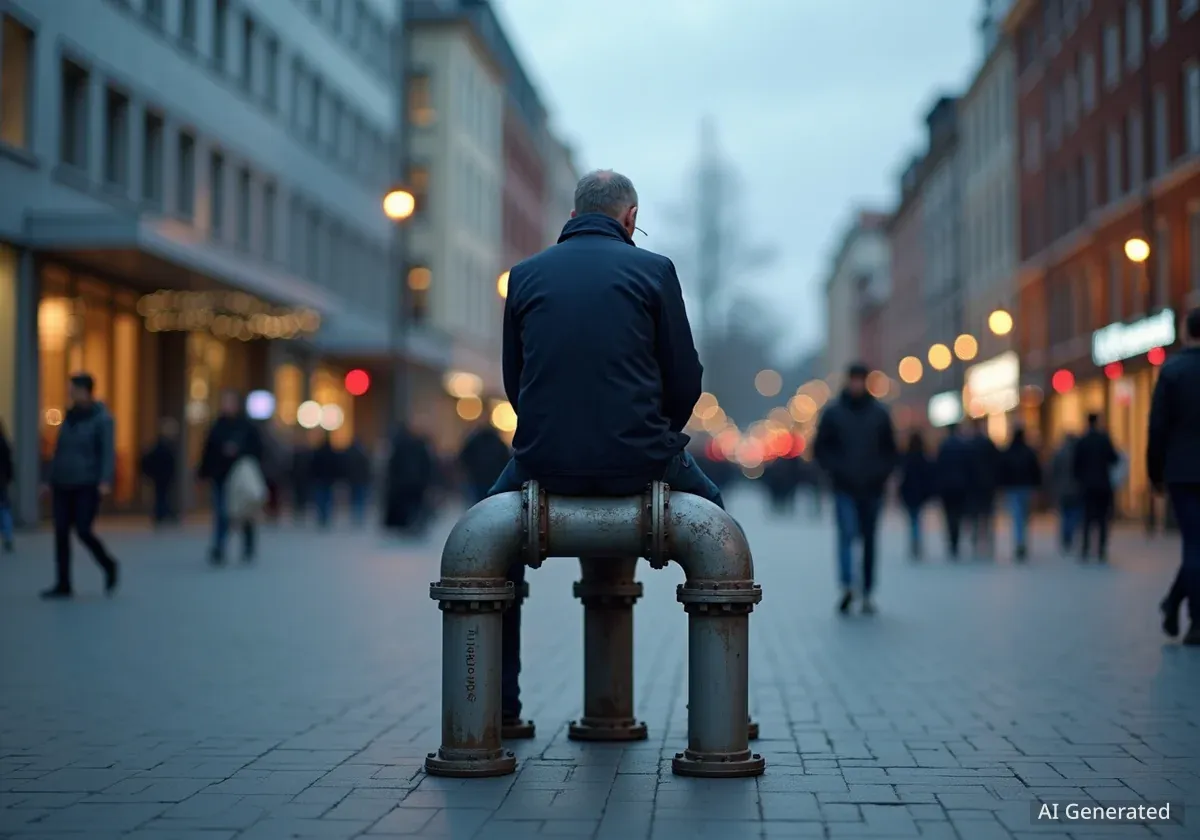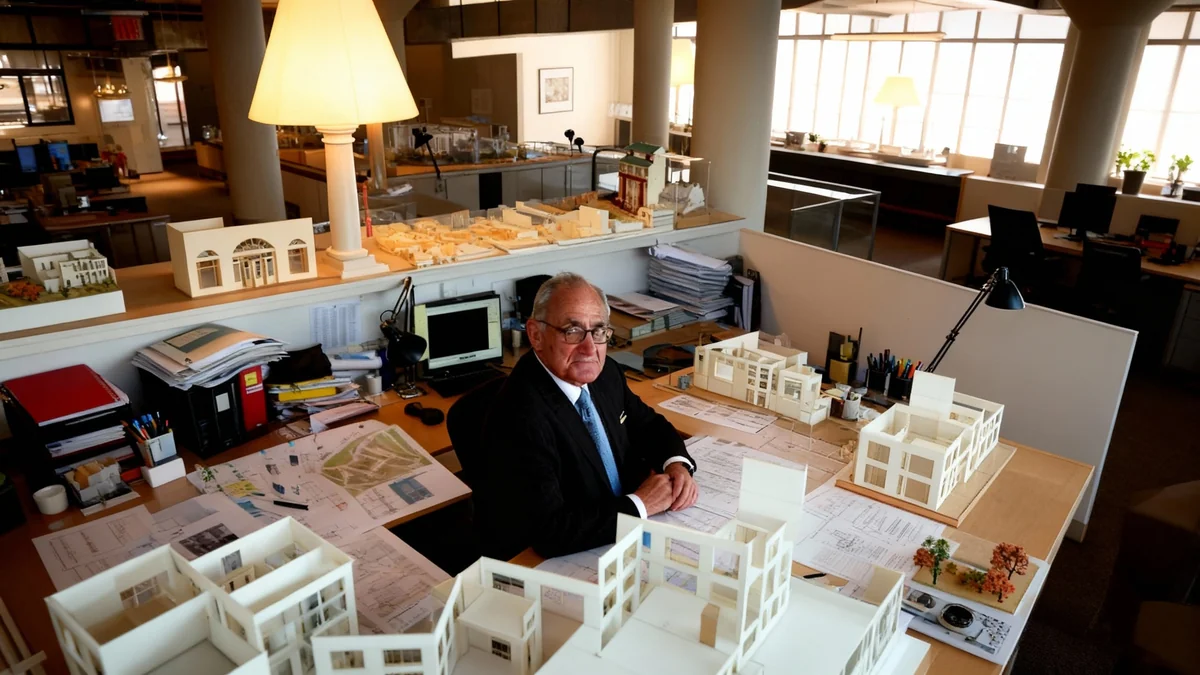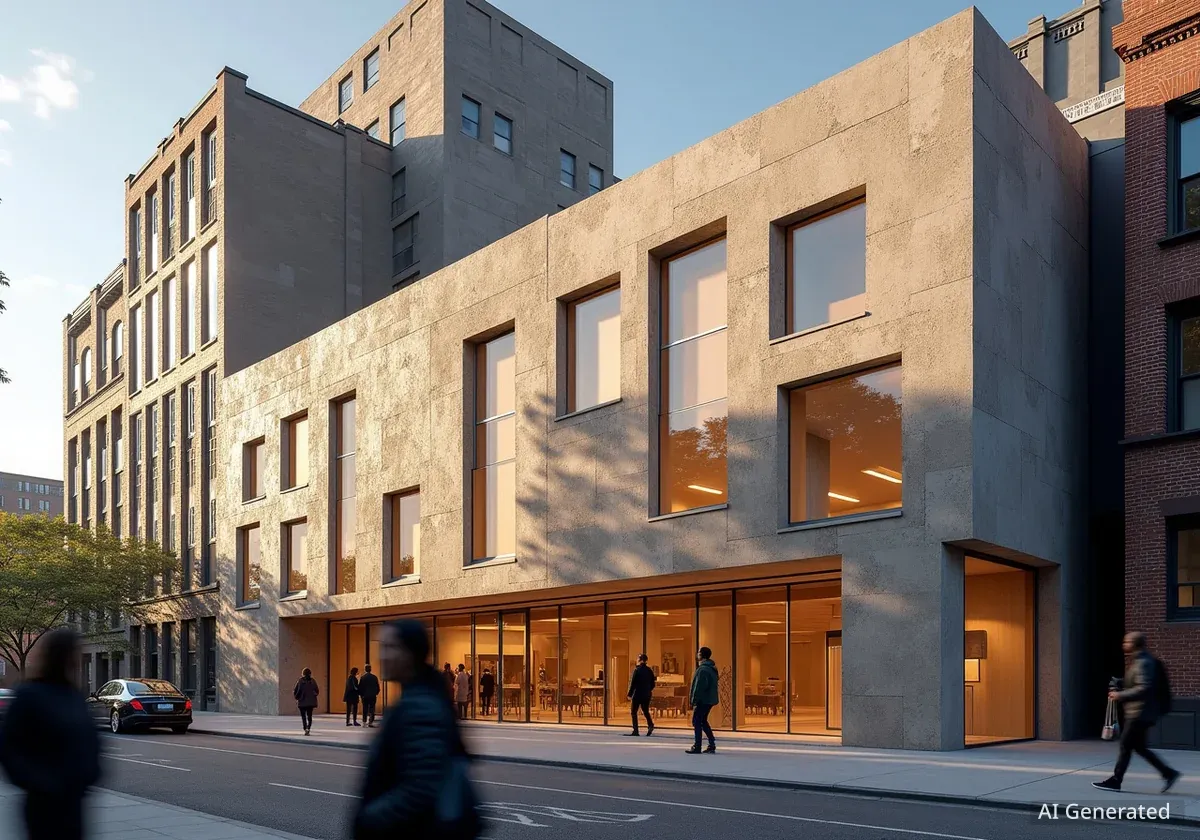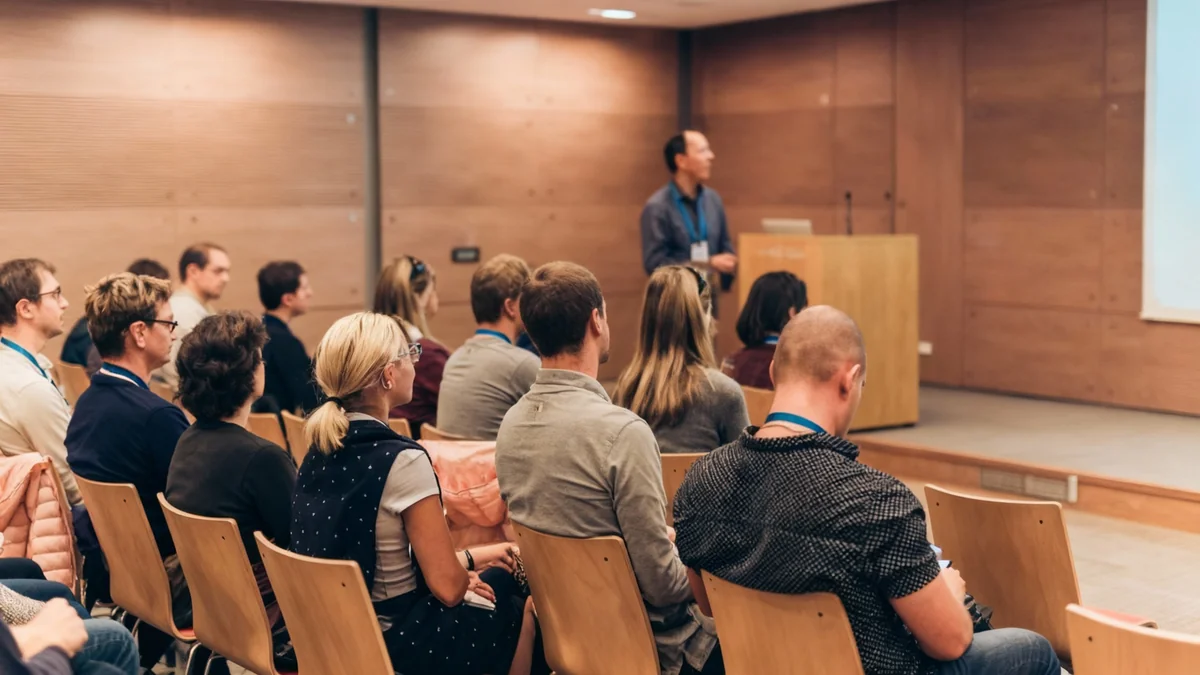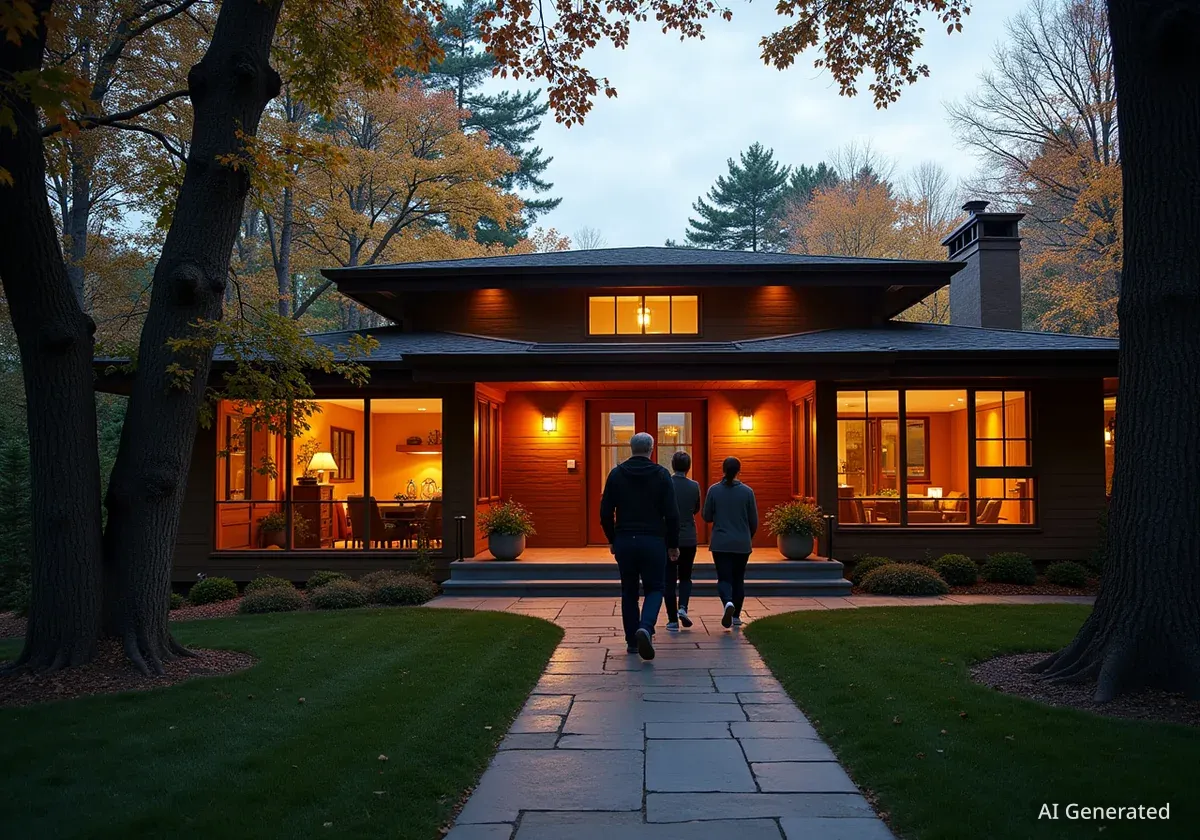A new urban installation named 'Tripus' by designer Matyáš Barák transforms industrial gas pipes into a compact architectural structure. This three-legged design creates an intimate zone for temporary retreat within busy urban environments. It offers a place for individuals to pause during the day and functions as a softly illuminated shelter at night.
Key Takeaways
- 'Tripus' reuses industrial gas pipes to create public seating.
- The structure offers a private space for individuals in urban settings.
- It provides both a daytime retreat and a night-time illuminated shelter.
- The design integrates lighting and charging capabilities within its hollow pipes.
- Matyáš Barák conceived it as a single piece with potential for wider deployment.
Reimagining Public Spaces with Industrial Materials
The 'Tripus' installation addresses a common need in modern cities: the lack of small, personal zones for temporary withdrawal. Many public spaces focus on large gatherings or throughways. This design offers a unique solution by creating a compact, defined area for individual use. Its construction relies on readily available industrial components, emphasizing a direct and practical approach to urban design.
According to designer Matyáš Barák, the project aims to integrate utility with a sense of enclosure. The use of standard gas pipes and fittings highlights a commitment to sustainable and accessible construction methods. This choice also gives the structure a distinct industrial aesthetic, blending with the existing urban landscape while standing out as an intentional intervention.
Fact: Sustainable Design
- 'Tripus' uses recycled industrial gas pipes, reducing waste.
- Its modular design allows for potential widespread deployment.
- The structure integrates modern conveniences like device charging.
Design and Functionality of the Three-Legged Structure
The core of 'Tripus' is its three-legged form, which provides stability and defines its enclosed space. Industrial gas pipes are welded together to create a robust spatial frame. A central plywood seat anchors the user, offering a comfortable spot for rest. This simple yet effective layout ensures the structure is both functional and inviting.
One innovative feature is the integration of practical functions within the hollow pipes. These pipes conceal wiring for integrated lighting, which activates after dark. They can also house other utilities, such as charging devices for phones or other electronics. This thoughtful design enhances the user experience, providing convenience in a public setting.
"The design addresses a common absence in public space: the provision of small, personal zones for temporary withdrawal," Matyáš Barák stated about his project.
Context: Urban Retreats
In increasingly dense urban environments, the demand for quiet, personal spaces has grown. Architects and designers are exploring various solutions, from pocket parks to modular installations, to offer residents moments of calm. 'Tripus' represents a direct response to this need, providing a small-scale, accessible retreat.
Atmosphere and Potential for Urban Integration
As daylight fades, the 'Tripus' structure transforms. A lamp positioned at the top of the structure emits a gentle glow, illuminating the space below. This creates a soft, inviting atmosphere, making the installation a safe and pleasant shelter during the evening hours. The dual role of providing both functionality and a serene ambiance reinforces the project's overall intent.
While Matyáš Barák initially conceived 'Tripus' as an individual piece, its design suggests a broader application. The concept could extend to a dispersed network of similar structures across various public spaces. Imagine multiple 'Tripus' units strategically placed throughout a city, forming a series of small-scale interventions. This network could offer consistent opportunities for pause and individual use within the larger shared urban landscape.
The project highlights how standard industrial components can be reimagined to serve new purposes. By reusing materials like gas pipes, 'Tripus' promotes sustainability in design. It also demonstrates how simple architectural forms can have a significant impact on user experience in public areas. The installation encourages a moment of reflection and rest in the fast-paced rhythm of city life.
- Daytime Function: Offers a quiet spot for individuals to sit and relax.
- Nighttime Function: Becomes a softly lit shelter, enhancing safety and ambiance.
- Material Efficiency: Utilizes readily available industrial gas pipes and fittings.
- Integrated Technology: Hides wiring for lighting and potential charging ports.
- Scalability: The design can be replicated to create a network of urban retreats.
The visual appeal of 'Tripus' is also noteworthy. The raw, industrial aesthetic of the pipes contrasts with the warm, inviting glow of the internal lighting. This juxtaposition creates a visually interesting element in public spaces, drawing attention to its purpose as a designated area for quiet contemplation. The project demonstrates a thoughtful approach to urban furniture, moving beyond simple benches to offer a more immersive experience.
Future Implications for Urban Design
The success of installations like 'Tripus' could influence future urban planning. Cities might increasingly consider incorporating more personalized, temporary retreats into their public space strategies. These smaller interventions can complement larger parks and plazas, providing diverse options for residents and visitors. The emphasis on reusing industrial materials also aligns with growing calls for more sustainable development practices.
Matyáš Barák's 'Tripus' offers a compelling model for how design can meet both practical and emotional needs in urban environments. It proves that even simple, repurposed materials can create meaningful and impactful public amenities. The project was captured by photographers Anna-Marie Křížová and Vladimír Barák, showcasing its unique presence in the urban landscape.
